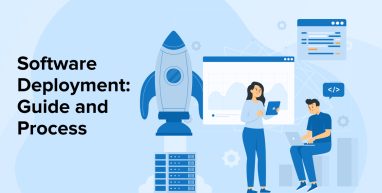
One of the most important aspects of any custom software development is the deployment procedure. Just because you have finished developing your program doesn’t mean it’s ready to be launched in the market. The application will not be able to perform its function until it is deployed correctly. That’s why it’s crucial to have a solid software deployment process.
Let’s understand it in this article!
1. What is Software Deployment?
Referred to as software deployment is all the work that the intended audience must do before they can use a new software system or upgrade.
- You must modify the deployment procedure for each different component of software because their features and applications vary.
- In modern IT departments, a hybrid of human and automated software deployment tools often handles software deployment.
- Common software deployment tasks include releasing new versions, setting them up on computers, testing them out in the field, and keeping an eye on how they’re doing in production.
While developing software, one must carefully test it as it should not be released to the public until it passes all the tests. Testing ensures that any problems found are fixed before making the program available to the public.
1.1 Benefits of Software Deployment
There are several important advantages to software installations beyond their ability to assist in accommodating changing or expanding company requirements.
- Using specialized software solutions to simplify corporate procedures boosts internal operations and efficiency.
- Contributes to the Internet of Things integration to make it easier for people to link their devices and other physical appliances, which in turn benefits business outcomes.
- With the help of a well-organized dashboard, the data collection and interpretation processes of Big Data Management become much more manageable. It would let business fans analyze various measures, see patterns, and establish more precise objectives.
- If your project’s success or failure hinges on learning to operate a brand-new piece of software infrastructure, you should hire a professional software development company to help you out.
- It is beneficial to automate business procedures and establish centralized control by developing proprietary software.
- Businesses are able to create remote connections to users’ devices, and consumers can have exposure to business processes from any gadget, at any time.
- Software deployments can contribute to more than just boosting security, as introducing additional functions that address particular company needs can also boost employee productivity and streamline operations by reducing friction.
2. Software Deployment vs Software Release
Software release and software deployment may seem extremely similar to those unfamiliar with the terms. In reality, both words refer to two distinct functions of the larger software deployment process.
The iterative process of developing an application is referred to as a “software release,” while a separate concept altogether encompasses “software deployment. A new software release may contain improved performance, bug fixes, and other enhancements. This quora post perfectly explains the deployment and release process.
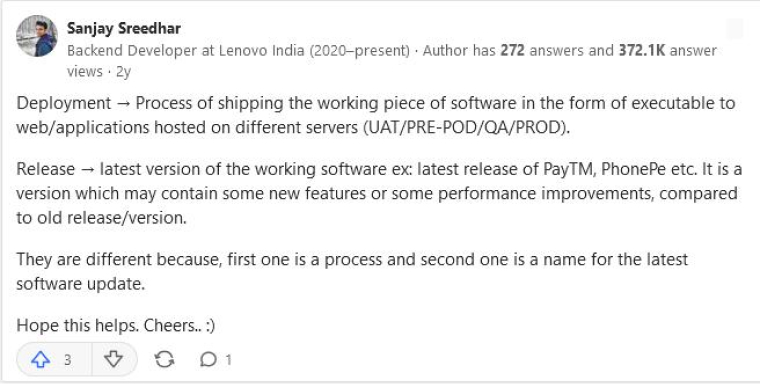
2.1 Defining Software Release
Whether it is distributed on discs, through the web, or as a web app, all computer software goes through a software development process that is defined by the software release cycle. When a software development team publishes a new release, it often includes a versioned codebase and supporting resources.
When bugs are fixed in the software, it is often provided with additional materials and given a new release number. This approach to software versioning makes it easier to tell releases apart and locate the most current update.
2.2 Defining Software Deployment
Software deployment refers to the act of putting an app to use on a server or other device. Throughout development, the software team can transfer the software to a staging server, a testing machine, or the live environment several times to guarantee smooth operation and the absence of software bugs. Installing a mobile app from the Integration Store is an additional kind of software deployment.
In conclusion, a software release is a made-available version of a program with all of its prerequisites. Software deployment refers to the steps used to get a program running on a specific device, such as a test server, a production environment, or a user’s PC or mobile device.
3. Types of Software Deployment
Some of the most common methods for software deployment are as follows:
3.1 Basic Deployment
When introducing a new version into a system, a basic deployment implies updating all of the nodes in the target environment at the same time. This approach makes it more difficult to revert an update in the event of an outage. Despite its speed, ease, and low cost, businesses should not use basic deployment for critical application services due to the high level of risk it exposes the organization to.
3.2 Rolling Deployment
Instead of upgrading the entire fleet at once, rolling deployment allows for incremental upgrades throughout the fleet. New and old software versions coexist on the same network throughout the deployment process. As a result of using this software deployment strategy, there will be no interruptions throughout the update. Only the updated fleet units will be affected by a failed deployment.
A canary release introduces the new software version to just a tiny fraction of servers initially as a kind of rolling deployment. In this manner, you may see how the program performs in production on a small number of servers while keeping the impact of any breaking changes to a minimum. If Canary deployments provide a higher mistake rate than expected, we reverse them. In any case, the proportion of servers running the latest version has increased over time.Check this tweet to see visual representation of rolling deployment.
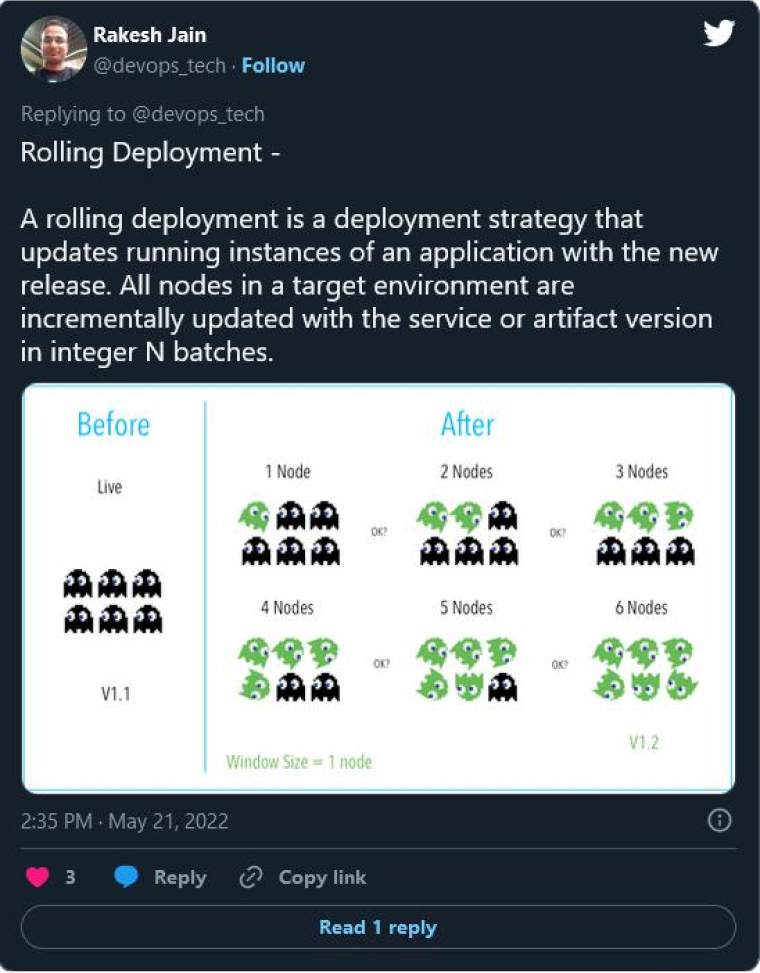
3.3 Blue/Green Deployment
In a Blue-Green deployment, both the older and latest versions of the app or microservice are simultaneously active in production with the load balancer seamlessly transitioning users from one to the other.
With this plan, the SREs want to make it possible to do immediate rollbacks at the first sign of trouble. Blue instances refer to the currently-running, stable version, while green instances refer to the newer, experimental version operating in parallel. To prevent unscheduled deployment interruptions, we always keep both of these versions in the production environment. In the event of a breakdown, the load balancer will transfer all traffic to the Blue instance immediately.
In other words, keep both the old and new versions active at all times.

3.4 Canary Deployment
A canary deployment method reduces the danger of implementing a software update during production by gradually releasing the new version to a subset of users before making it available to everyone.
The SRE on an app dev team uses a router to specifically target routes as part of this deployment strategy. With this updated version, they aim for a niche subset of the app’s user base. Relevant metrics are tracked and assessed after the subset of users has used the app in order to determine if the new version is ready to be sent out to all users or has to be turned back for further debugging.
In a nutshell, the goal is to start with a limited audience and utilize their feedback to clarify such decisions before it gets completely out in the market.
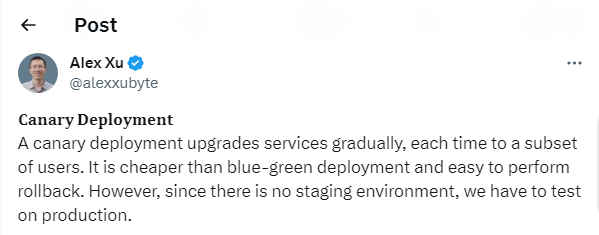
3.5 Shadow Deployment Strategy
In this deployment model, the team delivers the new release simultaneously with the old one. Users do not get to lay their hands on the updated version right away. The most recent release, true to its codename, stays out of sight. When testing how the most recent release will react to requests when live, engineers transmit a derivative or a copy of the responses from the previous edition to include in the shadow version.
As two copies of a single server are active, the DevOps engineer has to use this strategy with utmost prudence to avoid forked traffic from producing an identical live request.
Engineers can check the system’s security and performance through shadow deployment. However, it can cause major problems, and is difficult and costly to implement.
4. Software Deployment Process Stages
A well-planned software deployment strategy is essential for a successful rollout. Businesses should develop their own procedures, tailoring them to meet unique requirements or based on common standards.
There are three distinct phases to a deployment.

4.1 Preparation
First, assemble all the necessary code for deployment. This is an essential procedure for releasing only bug-free software. You can finally compress everything needed for deployment, including code, configuration files, libraries, and resources, into a single archive. To accomplish this, examine the project management software for observed user stories or the initial message that caused the deployment to get started.
4.2 Testing
Advisors do not recommend deploying new software before fully testing it. This eliminates the possibility of future problems. To execute all necessary tests, you must first deploy the program to a production environment. The next step is for coders to examine the data and fix any issues they find.
4.3 Deployment
Before releasing the app to the public, the team must meet these prerequisites. At this stage, they integrate the updated code into the live system. There should be a very minimal chance of problems at this stage because they are carrying out the procedure exactly as it is in the test environment. It is prudent to double-check the functioning of the production server.
5. Conclusion
You can achieve successful software management across all devices by using an efficient software deployment procedure. It ensures that operations can keep running smoothly and minimizes downtime.
One efficient approach to software deployment is to get in touch with the professionals in the field. When you choose them, you can be certain that they will complete the task well the first time in accordance with industry standards, saving you both time and money. Contact TatvaSoft today!


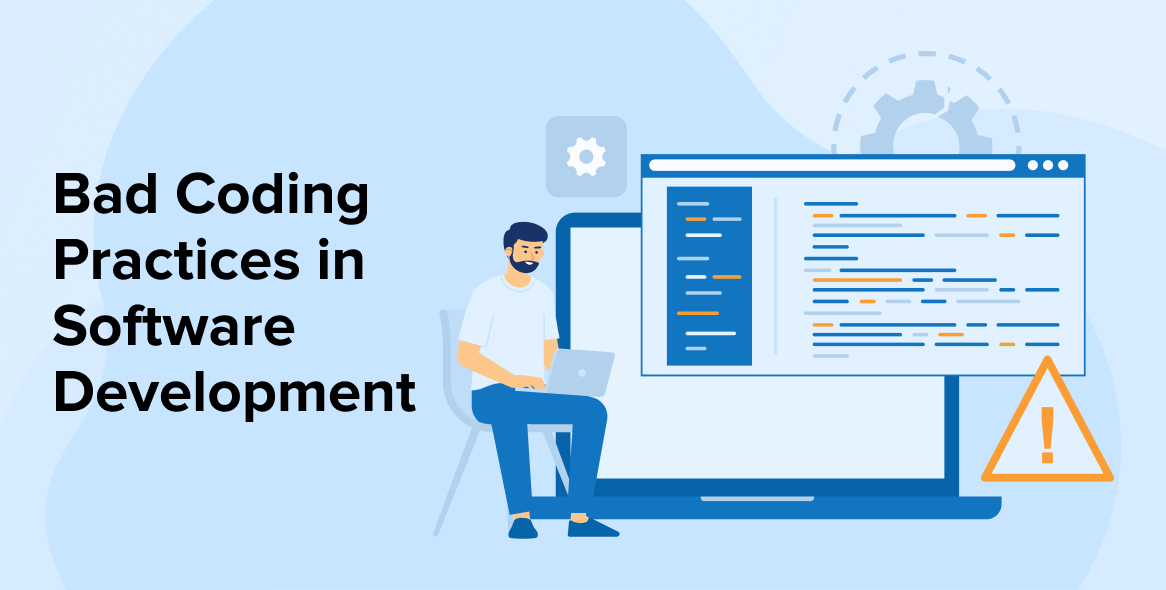
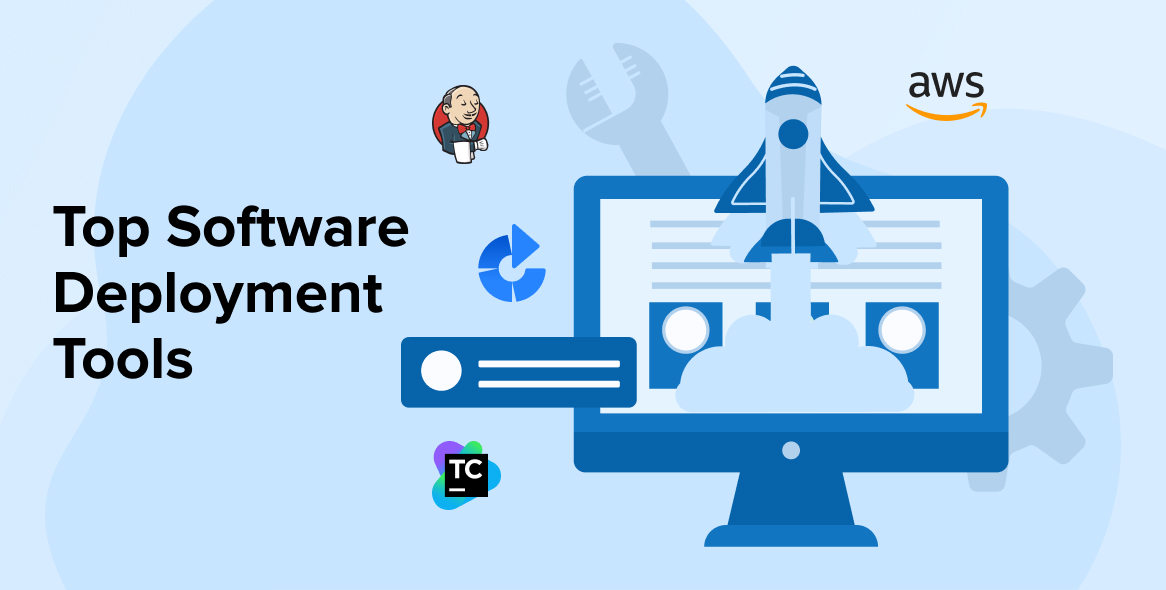
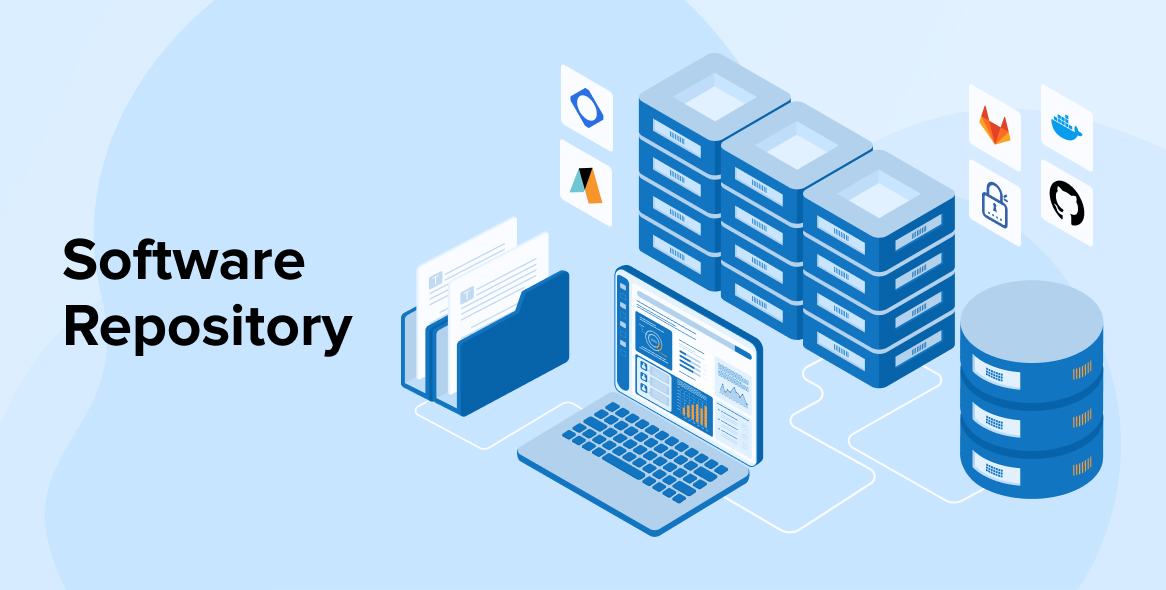

This article is a perfect resource for both newbie and experienced professionals seeking knowledge about software deployment.It gives an incredibly comprehensive breakdown of the critical elements involved in software deployment.